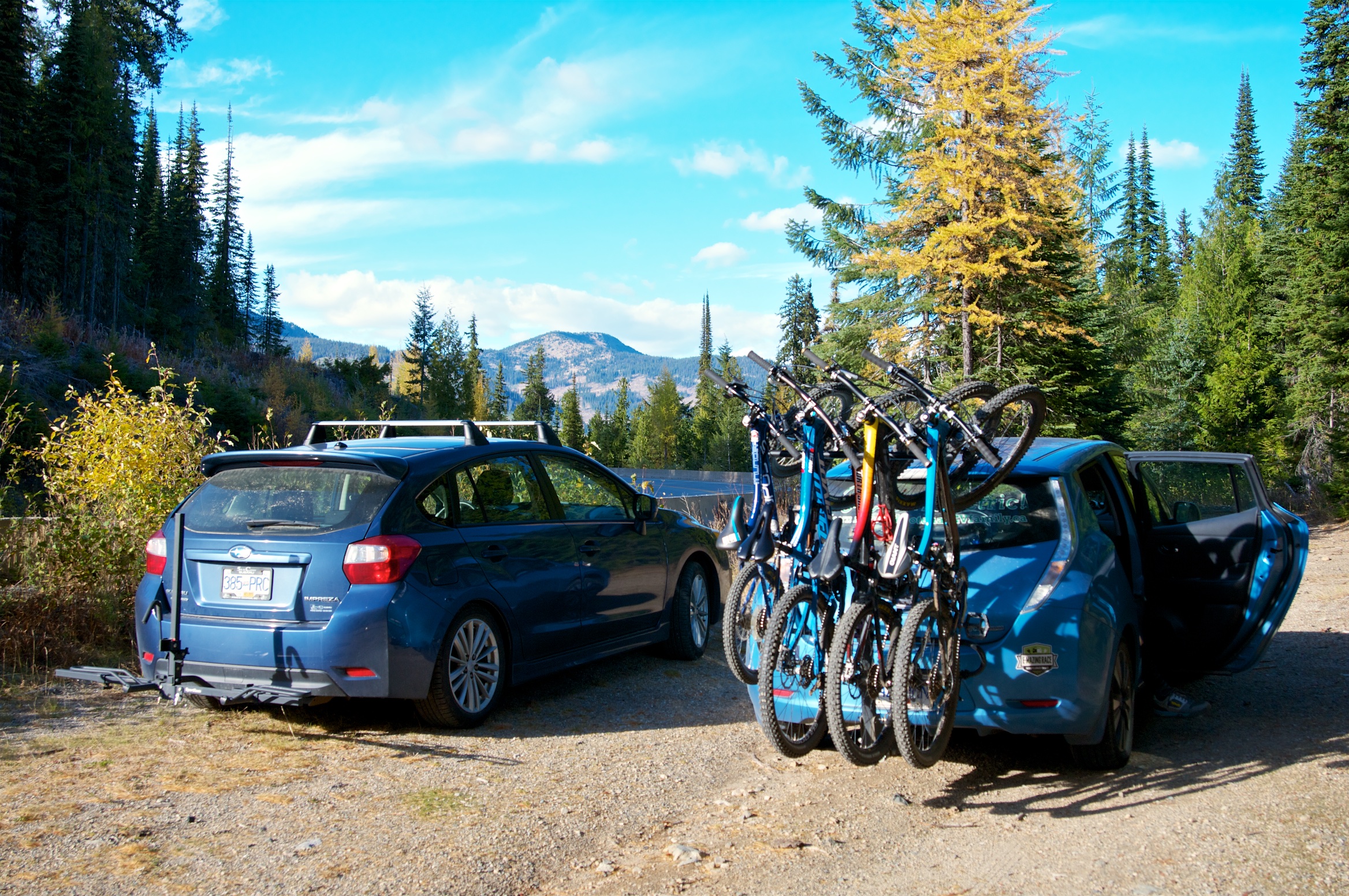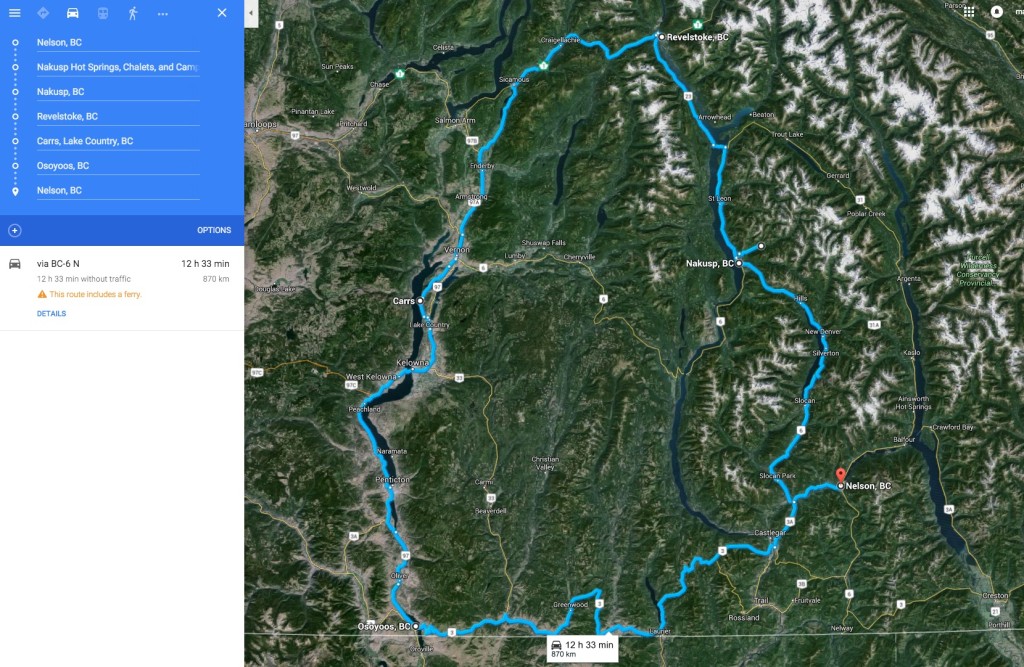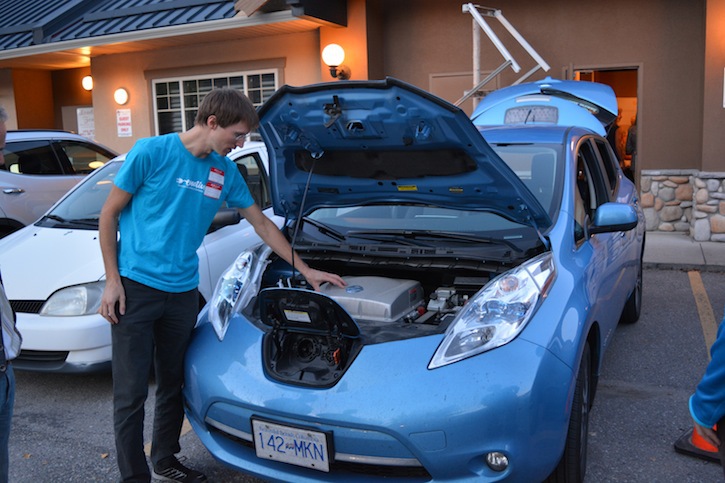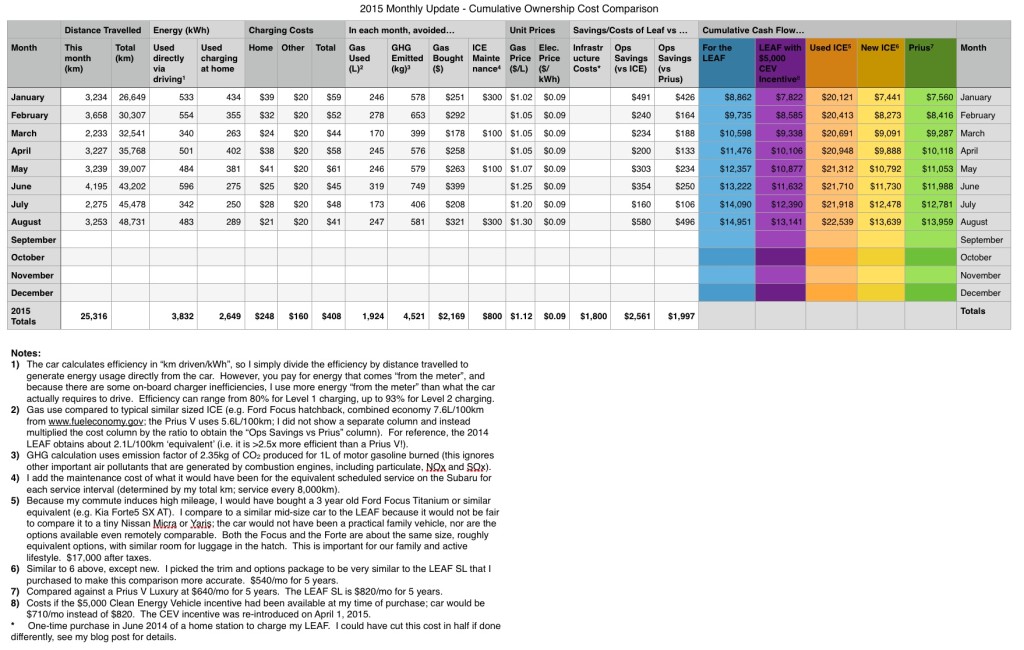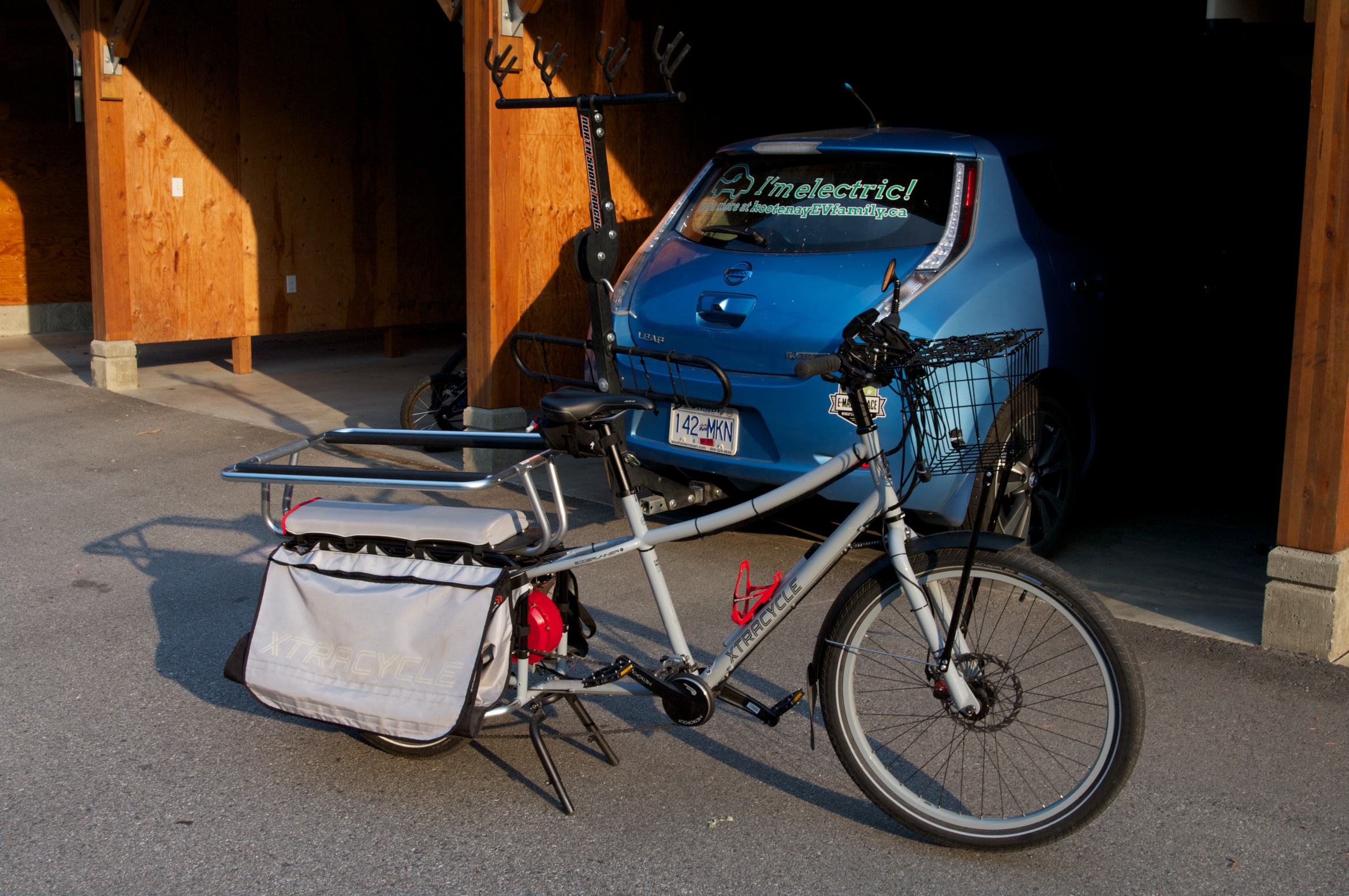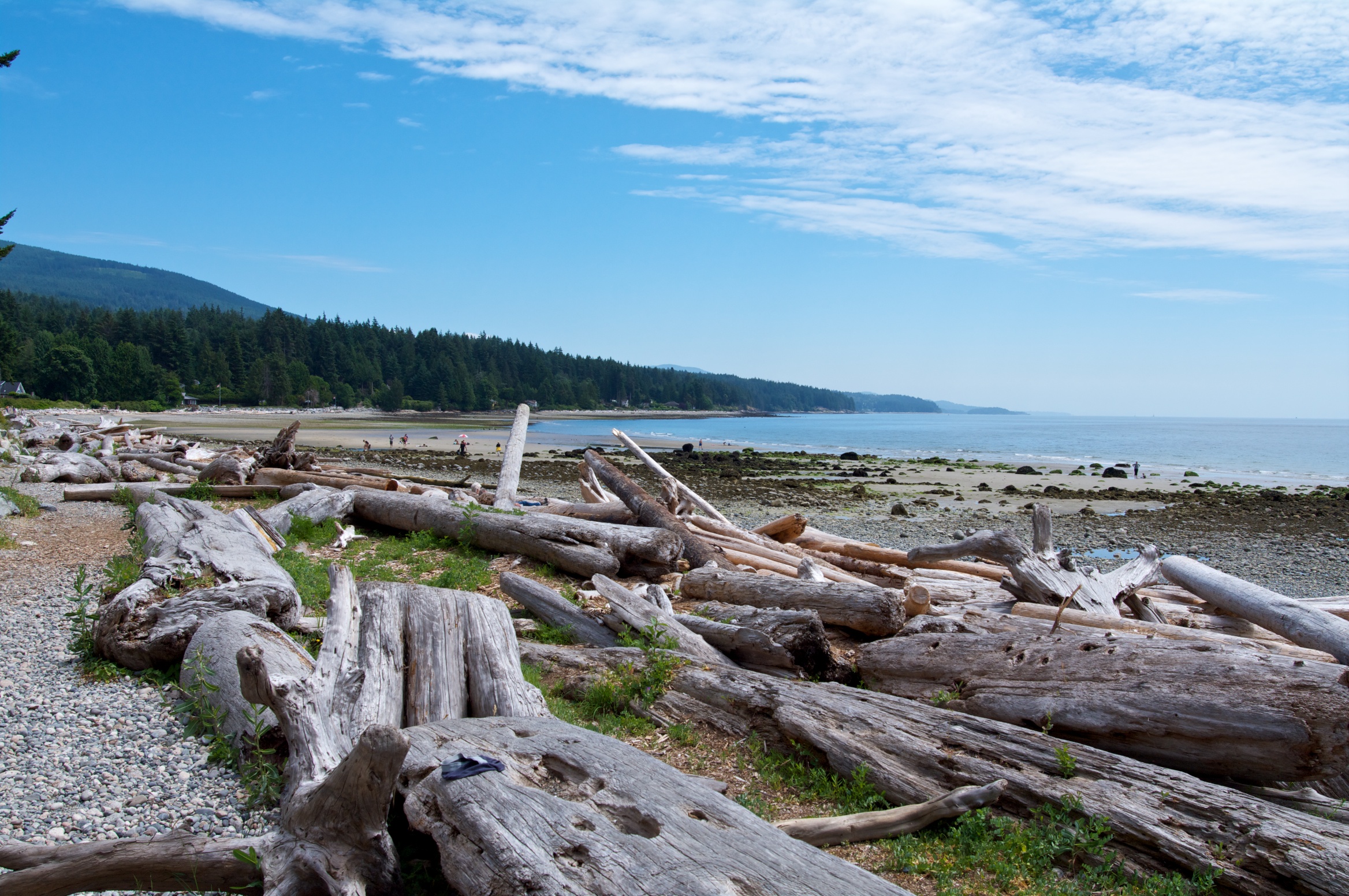This post is the trip report of our journey to Sechelt and back in June 2015. The trip came out of an invitation to participate in a planning workshop for future deployment of Direct Current Fast Chargers (DCFCs) in British Columbia (BC). For a quick primer on different levels of EV charging, head here.
Part 1 of this series can be found here and includes a description of the planning process. For this post, we’re headed straight to the journey itself.
For the TLDR; version (“too long, did not read!”), skip right to the heading at the bottom for “Trip Takeaways”).
A quick reminder on our trip plan – we would work our way across southern BC on Highway 3, utilizing Level 2 charging infrastructure over 2 days until we reached the Level 3 DCFC infrastructure in the Lower Mainland on the 3rd day.
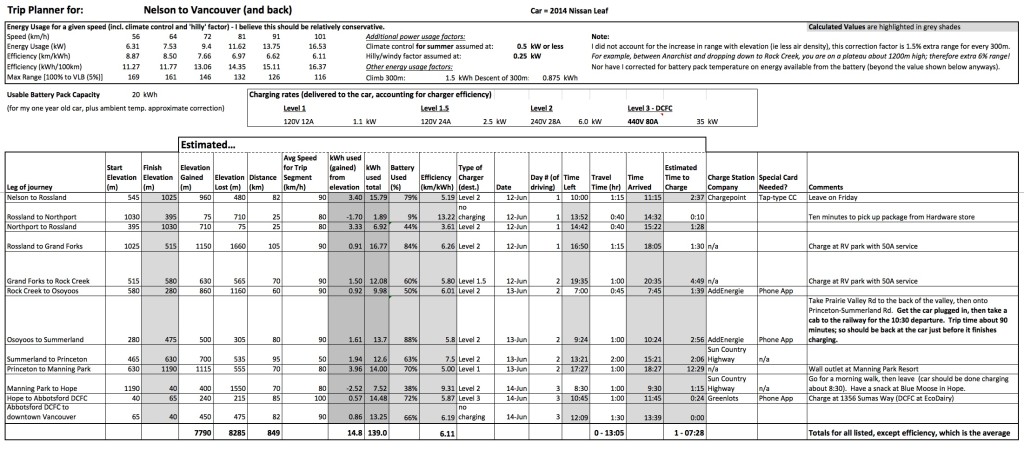
Trip Planner Tool – click to enlarge
The post title is a reference to how the trip would encompass two fundamentally different types of charging and provide a stark comparison of the reality (as of June 2015) of long-distance travel via Level 2 chargers vs the future: the expanding network of DCFCs!
The First Journey (seeing the sights!)
Knowing that we had set a pretty ambitious time to leave town of 10 am on Friday June 12 (hey that’s early when you have two young kids!), we did a fair amount of packing on the Thursday night, then got up the next morning and proceeded to cram everything in… and left at the bright and early hour of 11:30 am!Read More »A Tale of Two Journeys – Part Two
